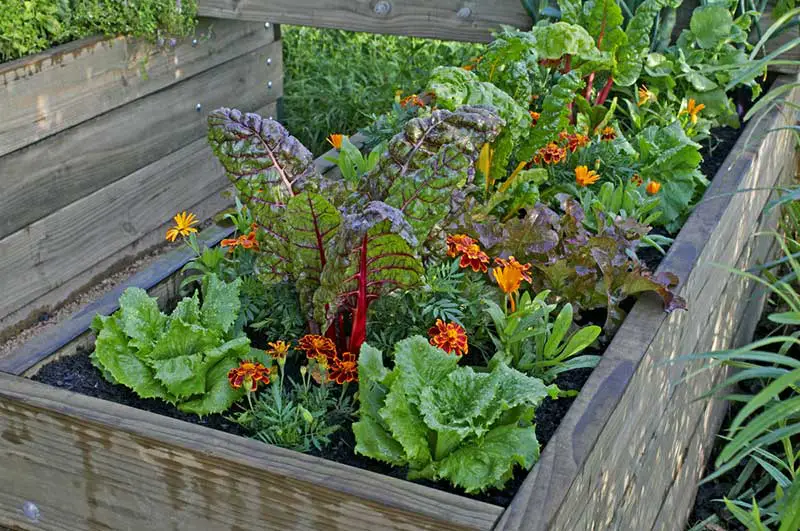Trench shovels are also known as clean-cut shovels. Their purpose is to scoop up loose soil after cutting a trench. A powered trencher can accomplish this job, as well as by hand.
Trenching shovels are not for cutting down into the soil. By design, the blade is not wide enough to use your foot to dig deeper. Blades are very narrow, which makes them ideal for removing soil from trenches. Trenches should, however, be narrow and deep for them to work best.
| Image | Product | Features | Price |
|---|---|---|---|
 |
Seymour S702 Trenching Shovel Used for Light Digging |
Benefits:
Cons:
|
Check Amazon Price |
 |
Truper 33437 Tru Pro California Shovel Well-designed shovel |
Benefits:
Cons:
|
Check Amazon Price |
 |
Ames Companies 47025 Trenching Blade Great for Digging into Soil |
Benefits:
Cons:
|
Check Amazon Price |
Fiskars 46” Steel Trench
This trenching shovel is great for cutting trenches, edging, and cutting through thick turf/digging. It has an extra-large D-designed handle for two-handed control. Even while using gloves, this shovel offers perfect control.
The 18-gauge hardened steel blade and 18-gauge steel shaft give durability. It outperforms both wood and fiberglass handles as it does not flex.
A sharp blade penetrates tough soil or breaks up hard and compacted dirt. The steel is powder-coated to make cleaning easy and to resist the formation of rust. The added benefit is that it has a lifetime warranty.
Overall, customers love this shovel. However, a few cons are its weight as it’s very heavy, and it doesn’t cut through the grass. Some felt the blade was too dull.
Bully Tools 92720 Trench Shovel
Bully Tool’s trench shovel is made in the USA. It is a commercial-grade product with an extra-thick 14-gauge steel blade. Its closed-back design prohibits debris from building up. The handle is made of triple wall fiberglass and is wood enforced for added support.
The fiberglass handle can withstand breakage. It is easy to maneuver and extremely lightweight. It is ideal for homeowners and contractors alike. It should last for a lifetime.
There were some complaints from users about the blade breaking.
Trenching shovels come with many functions and are available in multiple materials designed to make digging easier.
Always care for your shovel, and it will last a long time. The best way to store steel-blade shovels is to place them head down into a five-gallon bucket filled with sand and oil mixed in. The mix will prevent moisture from accumulating and eliminate rusting.
Things to Consider
Buy the Correct Type of Blade
The blade is the most important part of the shovel. Three types of shovel blades exist. These are: pointed tipped, rounded ends, and square ends. Each one will effectively do their respective job, yet they have their own distinctive advantages.
- The pointed end can pierce the ground with ease. However, it is not great at scooping soil.
- Rounded ends do go into the ground with ease and are better at scooping loose soil. Yet, it is not as efficient in scooping.
- Square ends can scoop larger amounts of soil but are not for cutting into the soil.
Select blades made from steel as they are more durable. The maximum value is a blade made out of forged or tempered steel.
Search for a blade that has a lip at the top of it. It provides an area that you can apply pressure to with your foot if necessary.
Selecting a Good Handle
Most handles use fiberglass or wood. Some have a combination of both. Do not use these types of handles for heavy twisting, such as digging a hole. That is not their intended use.
If you are investing in a wood-handled trench shovel, choose one composed of ash or hickory. They can withstand repeated uses. Ensure the grain runs along the entire length of the handle to give it maximum strength and durability.
Proper Grip
Fiberglass-handled shovels usually contain some form of a grip to prevent splinters. A D-style handle is often incorporated into the design (usually with shorter handles) for better control.
Many wood handles do not have a handle. You can get splinters if you don’t wear gloves, which you should consider before making a purchase.
Choosing the Best Collar
The collar of a shovel is where the handle and blade merge. Inexpensive shovels incorporate the handle so it fits tightly in the collar. A screw or nail may set it into place.
The risk potential comes in the fact that the wood, as it ages, may cause the screw/nail to become loose. Eventually, it may fall out. The ideal trenching shovel will contain many rivets that go from one side to the other, ensuring that everything stays in place. It is an added precaution.
Width of The Step
The step is the folded over area of the blade, which is where your foot would go if you were to dig deeper into the soil. It helps in forcing the shovel into the ground. This area doesn’t have to be very wide- in fact, most trenching shovels aren’t. It does, however, need to be wide enough for the foot and to add pressure.







